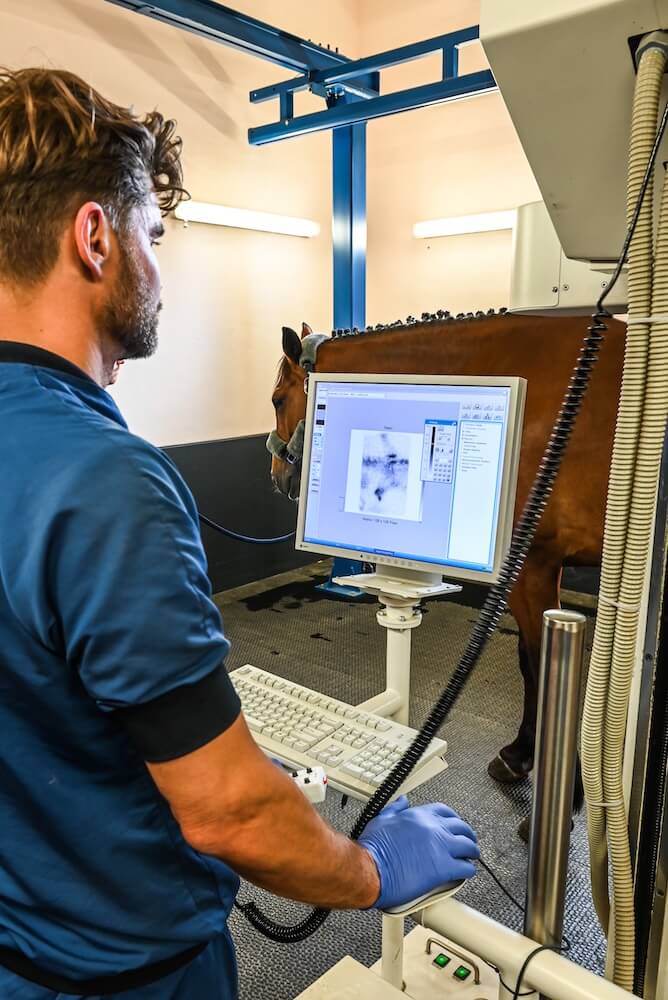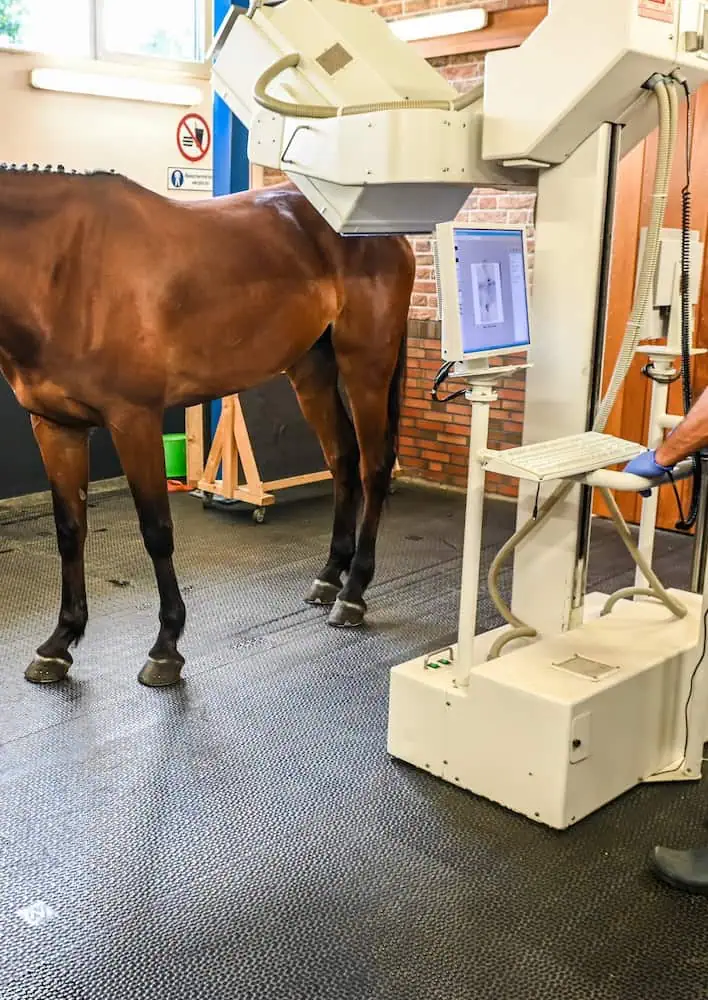Scintigraphy, also known as a bone scan, is an advanced imaging technique that helps detect areas of increased bone activity. This allows subtle injuries to be identified at an early stage, sometimes years before they become visible on an X-ray.
At SMDC, we use the most advanced scintigraphy equipment in the Netherlands and have extensive expertise in performing and interpreting these examinations. Dr. Erik Bergman introduced scintigraphic imaging for horses in the Netherlands and has contributed to the development of this technique in equine medicine since 2003.
Scintigraphy is particularly useful for:
- Poor Performance
- Lameness in multiple limbs or lameness that cannot be localized with nerve blocks
- Horses that cannot be safely examined using nerve blocks
- Stress Fractures and Subtle Bone Changes
- Abnormalities that are not clearly visible on radiographs or ultrasound
- Assessment of the relevance of radiographic findings, for example in cases of arthritis
How does a scintigraphic examination work?
Preparation for the examination
For optimal uptake of the radiophamaceutical tracer, the horse is lunged beforehand or, if lameness prevents this, walked in hand. After the injection, the horse temporarily stays in a quarantine stall, and its legs are protected with bandages and hoof boots to prevent urine contamination. About two hours after injection, the scan is performed. The horse is lightly sedated to minimize movement. The scan typically takes 2 hours.
The scintigraphic examination
During the examination, a small amount of radioactive material (technetium-99m-MDP) is injected. This substance binds to areas of increased bone activity—such as inflammation, overload, or injury—and emits gamma radiation. Gamma radiation These signals are captured by a special gamma camera and converted into detailed images, allowing us to determine the location and severity of the problem. This enables the detection of so-called “hotspots,” often long before abnormalities become visible on X-rays or ultrasound.
Results and diagnosis
After the examination, you will receive a detailed report within 48 hours, prepared by our ECVDI radiology specialist. The findings will be discussed with you, along with any additional recommendations for follow-up diagnostics or treatment. We are also happy to consult with your own veterinarian if desired. Scintigraphy is a localizing technique; once the affected area has been identified, it can be further evaluated using radiography and/or ultrasound imaging.
Discharge and aftercare
Scintigrafie is veilig: de stralingsdosis is laag, de injectie is pijnloos en de radioactieve stof wordt binnen 24 uur grotendeels via de urine uitgescheiden. Het paard mag naar huis zodra de concentratie technetium in het lichaam laag genoeg is. Je wordt vooraf geïnformeerd wanneer het paard weer naar huis mag.


Why choose scintigraphy at SMDC?
Highly sensitive technique for early diagnosis
Scintigraphy can detect abnormalities before they become visible with other imaging techniques. This is crucial for diagnosing stress fractures, bone bruises, and unexplained lameness.
Unique expertise and the most advanced equipment
SMDC is the only clinic in the Netherlands equipped with the latest generation of scintigraphy technology, allowing us to provide superior image quality and more accurate interpretation.
Safe and painless examination method
Scintigraphy uses a low dose of radioactive tracer that does not cause side effects or allergic reactions. The substance is naturally excreted from the body and poses no risk to the horse.
Evaluation by a European Specialist in Diagnostic Imaging
At SMDC, every scintigraphic examination is evaluated by a European-recognized specialist in veterinary diagnostic imaging. This ensures reliable and accurate interpretation of the images.
Fast results and targeted treatment plan
Within two working days, a written report is prepared and discussed with you. Thanks to the collaboration between our orthopedic specialists, dentists, physiotherapists, and farriers, the diagnosis is immediately translated into a practical treatment plan.
Together with the best specialists in their fields, we provide the most optimal support for your horse.
Feel free to contact us to discuss the options for your horse.
